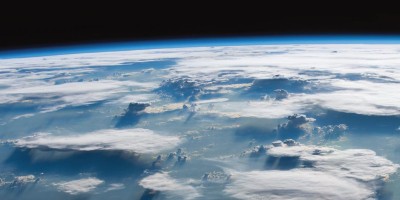Flowing water shapes most of Earth's canyons, obscuring the contributions of other erosional mechanisms. A comparison of adjacent canyons with and without wind shielding shows that wind can amplify canyon incision on windblown Earth and Mars.

References
Grotzinger, J. P. et al. Science 343, 6169 (2014).
Anderson, R. B. & Bell, J. F. III Mars J. 5, 76–128 (2010).
Baker, V. R. Nature 412, 228–236 (2001).
Perkins, J. P. Finnegan, N. J. & de Silva, S. L. Nature Geosci. 8, 305–310 (2015).
Perron, J. T. Richardson, P. W. Ferrier, K. L. & Lapôtre, M. Nature 492, 100–103 (2012).
Ferrier, K. L. Huppert, K. L. & Perron, J. T. Nature 496, 206–209 (2013).
Irwin, R. P. III & Howard, A. D. J. Geophys. Res. 107, 5056 (2002).
Craddock, R. A. & Howard, A. D. J. Geophys. Res. 107, 5111 (2002).
Bridges, N. et al. Nature 485, 339–342 (2012).
Author information
Authors and Affiliations
Corresponding author
Rights and permissions
About this article
Cite this article
Perron, J. The wind in the hollows. Nature Geosci 8, 254–255 (2015). https://doi.org/10.1038/ngeo2389
Published:
Issue Date:
DOI: https://doi.org/10.1038/ngeo2389
- Springer Nature Limited


